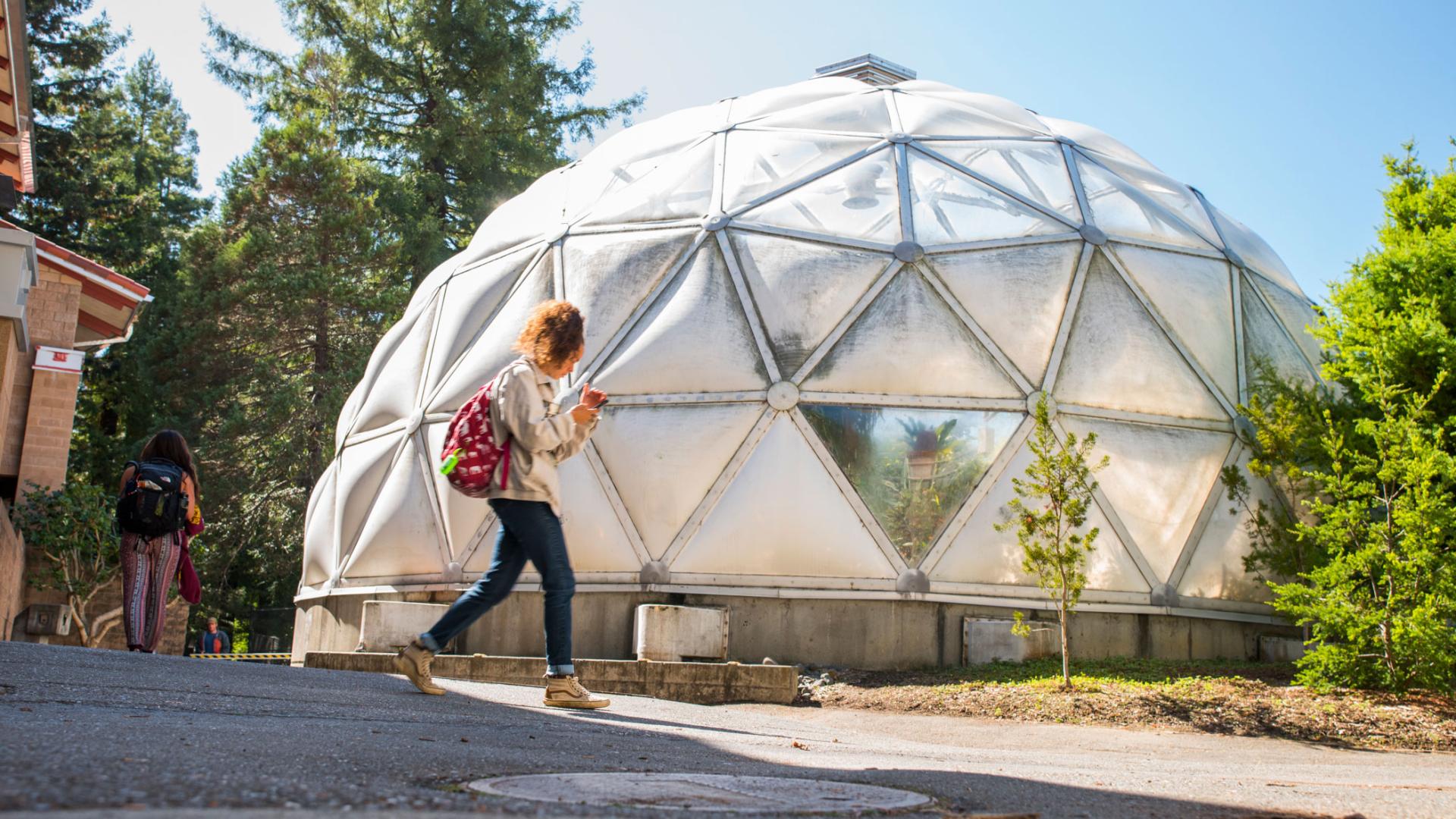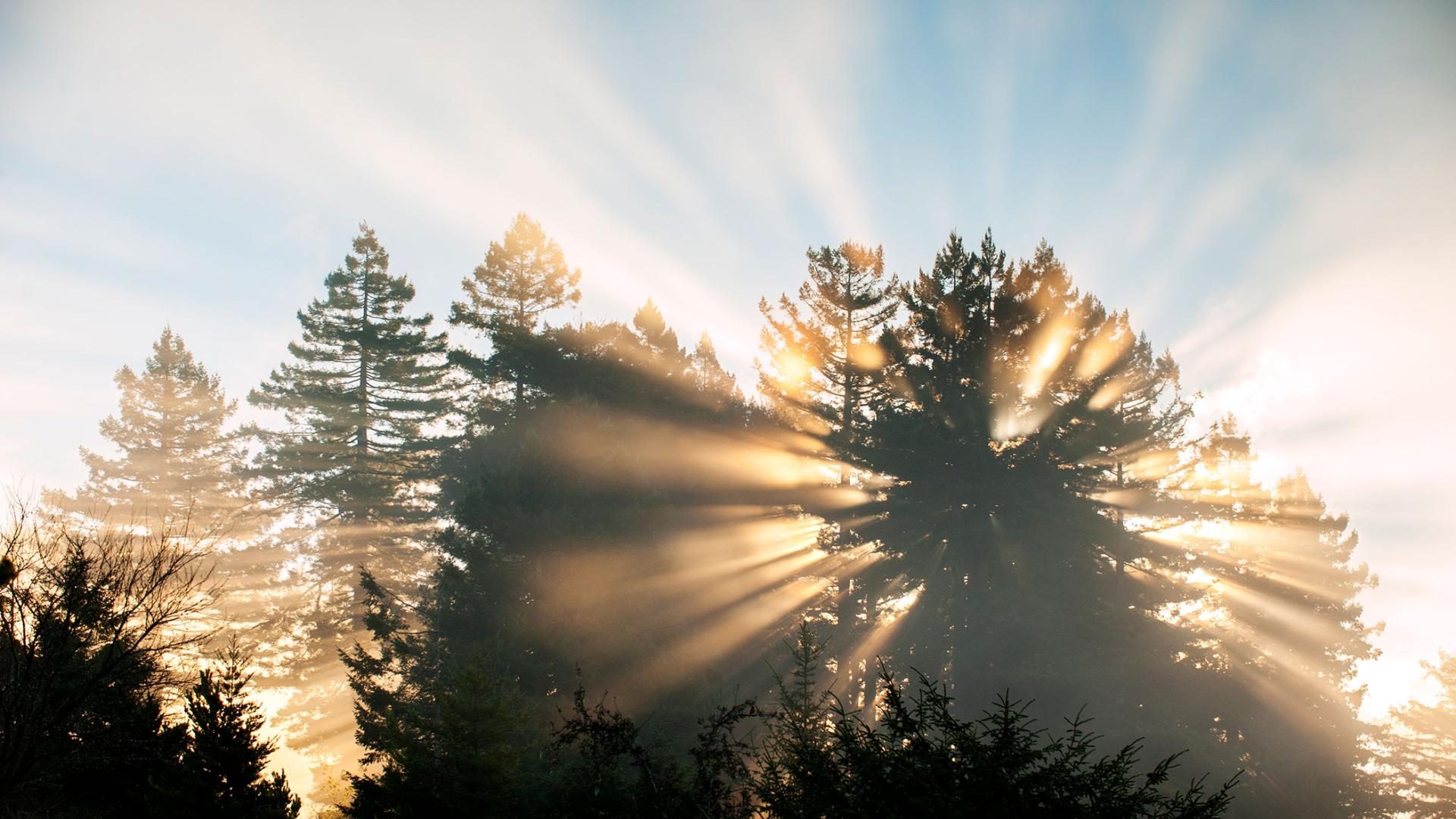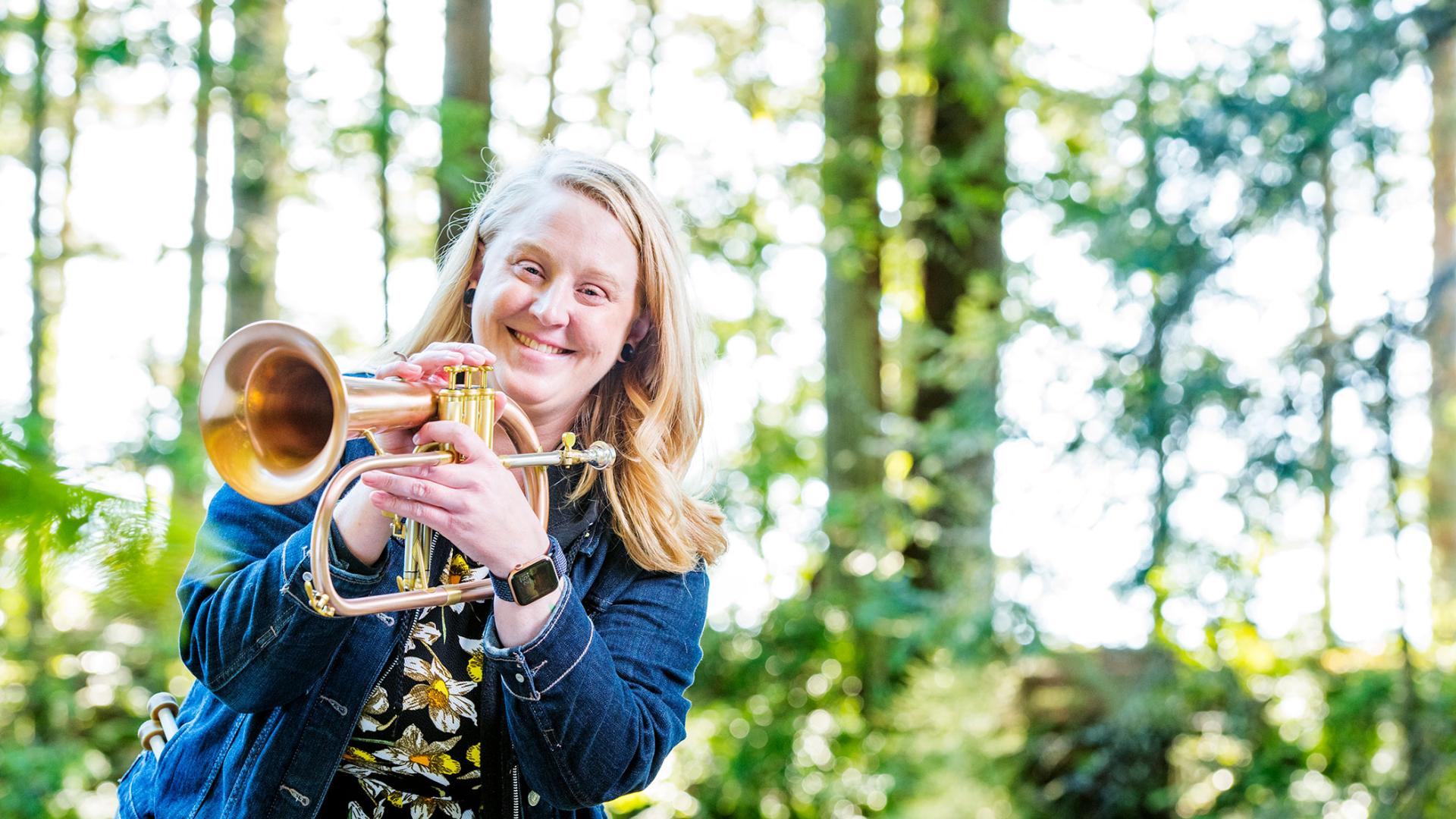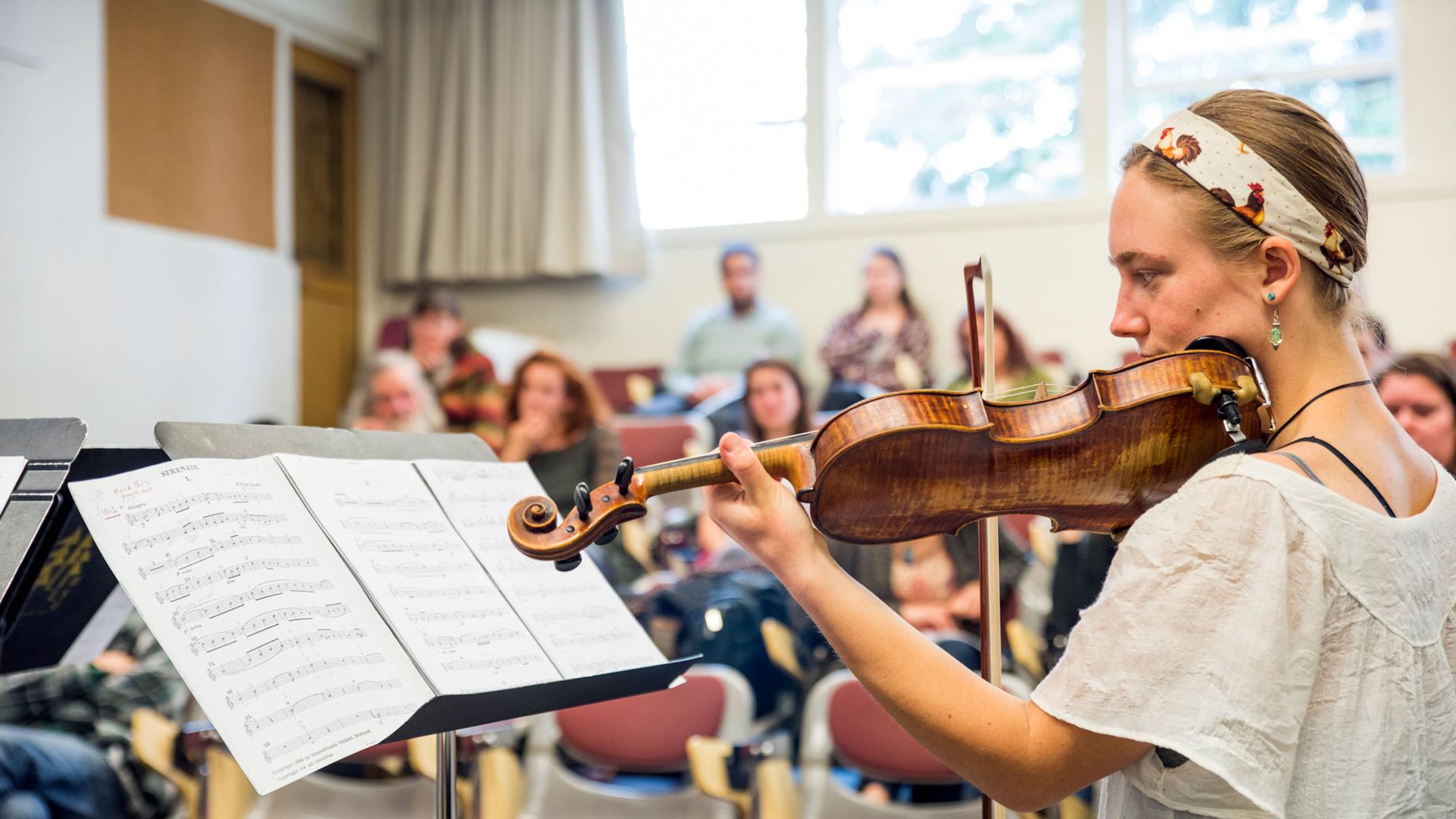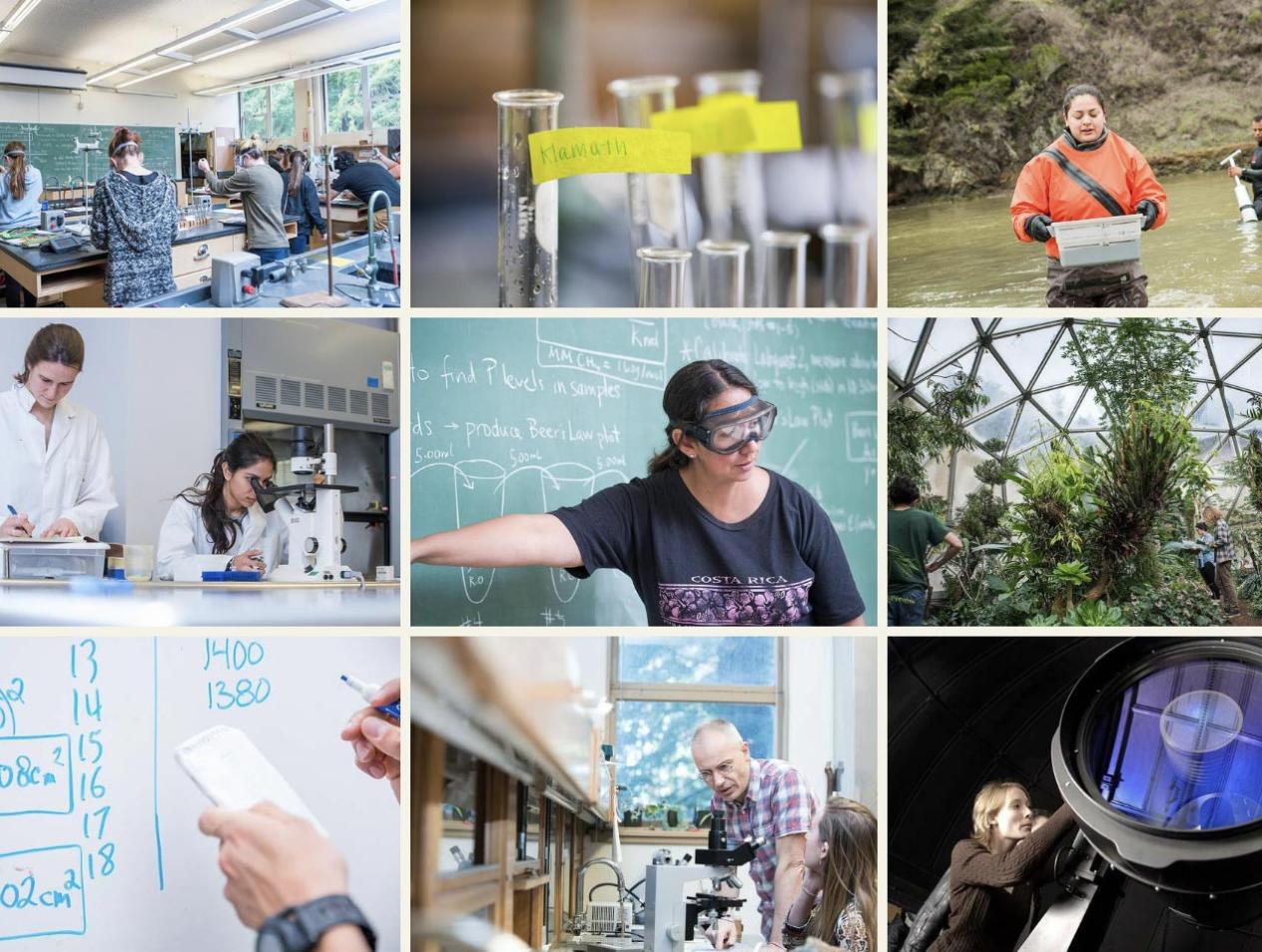Breadcrumb
Alumni Updates
Braden Pitcher
Forestry & Wildland ResourcesRangeland Resource Science, 2013
Braden Pitcher, 2013 Forestry & Wildland Resources, finally landed a full-time, permanent career position with the USDA's Natural Resources Conservation Service as a Soil Scientist after three years of bouncing across the West between seasonal technician jobs for the Bureau of Land Management. Mapping different soil types and their management potential across Western lands gives Pitcher the opportunity to spend every day outside, often experiencing landscapes few in modern history have seen. Pitcher adds, “OH YEAH! I just recently married a fellow HSU Alumni and Natural Resources graduate!”
Asad Ullah
Biological Sciences, 2012-2013
please inform me about admission in master and m.phill program in botany .
also update me about schollership in the mentioned field.
thankyou.
Michael Edward Kauffmann
Biological Sciences, 2012
Michael just published his sixth book on California Trees. Read more about "Discover California’s Native Trees: A Guide to the Arboreal Wonders of the Golden State."
Rani Ram
WildlifeMinor in Anthropology, 2011 (Spring)
Since graduating with my B.S. in May, I have been busy applying to Anthropology graduate programs to specialize in Primatology. An important aspect of this process is applying to scholarships, such as the NSF GRFP, which I highly recommend getting started on early. I have been accepted to my top choice school, Kent State, OH, to study the feeding ecology of saki monkeys in Surinam with Dr. Marilyn Norconk. I didn't follow a traditional path in gaining my degree, and it may have taken me a little longer, but what matters in the end is that if you persist with your education, you will achieve your desired goals. Good luck.
Terri Bidle
Biological SciencesZoology, 2011
Terri Bidle, 2011 Zoology, is beginning a new chapter of her life as a marine education program manager in Southern California. After seven years with the USC QuikSCience program, she will be working with ExplorOcean in Newport Beach, Calif., to bring quality ocean exploration to young people.
Max Brunsfeld
Physics & AstronomyMusic minor, 2011
Max Brunsfeld, 2011, Physics and Astronomy, moved to Oakland after graduating from HSU and worked as a software engineer in San Francisco for three years. Brunsfeld recently started working for GitHub, a company that makes tools for collaborative software development, and whose employees are distributed all over the world. Brunsfeld has since moved back to Arcata to raise a family.
Robert P. Parker
Fisheries Biology, 2011
Robert P. Parker, 2011 Fisheries Biology, began working for the Nebraska Department of Environmental Quality as a Clean Water Act Section 401 coordinator in March.
Bret Comnes
Physics & Astronomy, 2011
Attending Humboldt State University and choosing to major in Physics has been one of the most important and beneficial decisions I have ever made. The faculty are fantastic educators, the curriculum is challenging and rewarding, it has intimate upper division class sizes, and there is ample opportunity to gain research experience if you want it.
I am currently getting started in the Doctoral Physics program at Portland State University.
Micah Carnahan
Wildlife, 2010
I left school in the middle of my last semester, fall 2009, due to the birth of my son. He was born with a congenital heart disease known as Transposition of the Great Arteries or TGA. We (my wife, my newborn son and myself)were immediately flown to SF where my son would receive surgery. During our 3 month stay at UCSF I was able to keep in contact with my professors and they worked with me to finish my coursework during my stay. My son is 15 months now. He is healthy and doing great! I received my degree and quickly began interviewing for careers that could sustain my new family. Because of the skills and training I received from HSU, I was chosen from a number of candidates to be the new Environmental Scientist for the CA Department of Fish and Game's Lake and Streambed Alteration Program. I am so thankful, and proud, to have studied at HSU and to have had the privelage of learning from the best professors in the country. Thank you HSU!
Damien Adams
Mathematics, 2010
Damien Adams, 2010 Mathematics, earned a master’s degree in Mathematics from San Jose State University and acquired a full-time teaching position at Cabrillo College in Santa Cruz, Calif. Adams has also started a podcast, Women in Math: The Limit Does Not Exist promoting women in mathematics, and founded the college’s Math Club.


